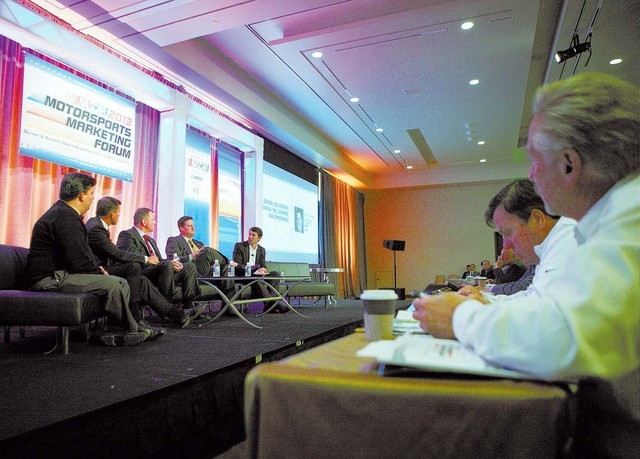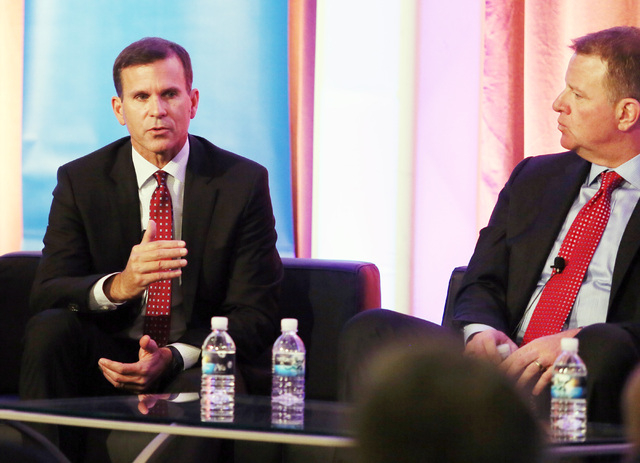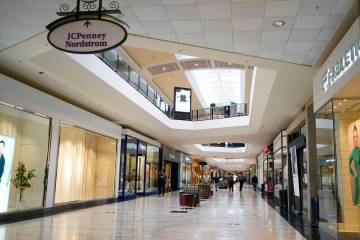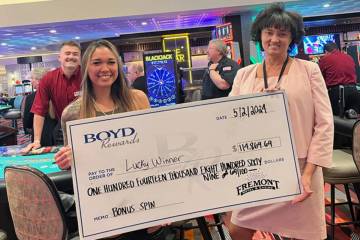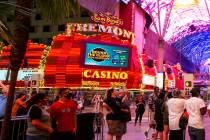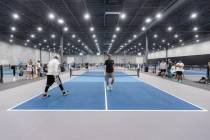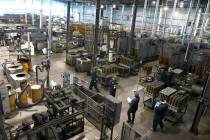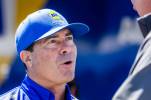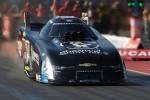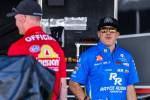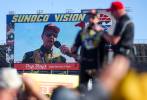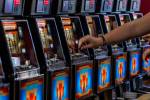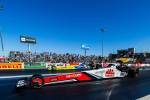Smart phone connectivity, social media seen growing NASCAR audience
With ticket sales and revenues at NASCAR tracks declining around the country, expect race venue owners to invest in smartphone connectivity and social media technology in hopes of drawing more young fans and building the next generation of followers.
“We want to bring drivers closer to the fans. We want that 10-year-old to meet Jeff Gordon and then that photo goes out to all his Twitter followers,” Steve O’Donnell, NASCAR senior vice president for racing operations, told a room of motorsports marketing officials Wednesday.
Connectivity was a buzzword during the session on “Creating the Ultimate Fan Experience” at the Motorsports Marketing Forum held by the Sports Business Journal at Aria.
Appealing to the young demographic, a group hooked on social media and smartphones, is paramount for NASCAR and other major-league race circuits such as the National Hot Rod Association (NHRA) to increase revenues. It’s seen as a major strategy for Las Vegas Motor Speedway and seven other NASCAR tracks owned by Speedway Motorsports Inc.
Speedway Motorsports, based at Charlotte Motor Speedway in North Carolina, has reported that revenues, including ticket sales, have dropped annually for five years.
To reverse that trend, Las Vegas Motor Speedway has boosted its social media technology. In March, the track unveiled a new social media hub at the Neon Garage for a NASCAR event. The hub, dubbed the Kobalt Social Media Command Center, hosted computers and large video monitors that gave fans live glimpses of racing luminaries sharing insights, quips and photos on Twitter and Facebook.
NASCAR and NHRA hold annual races at Las Vegas Motor Speedway.
Beyond enhancing smartphone technology at tracks, O’Donnell and other speakers discussed the need to improve the races themselves, promote the sport’s younger drivers, create more amenities at tracks to appeal to casual fans and run facilities that “overdeliver” the fan experience.
To bolster its fan experience, for example, the Texas Motor Speedway will roll out “Big Hoss TV,” a high-definition video screen measuring 218 feet by 94.6 feet in April, Texas Motor Speedway sales director Devron Jeffers said.
“You can see things that you couldn’t before on the video boards,” Jeffers said. “It creates the type of experience the fan is used to experiencing in a stadium or arena.”
To increase revenue, the speakers said, tracks must also widen their reach with other demographic groups, such as Hispanics. NASCAR officials reported a 40 percent increase in Hispanic TV race viewers this past year.
To accomplish this, NASCAR invested in a campaign to educate new Hispanic fans who may have not grown up with major-league stock car racing, NASCAR Vice President of Marketing Kim Brink said.
Brink said NASCAR created a race story line for a Web novella that ran on Univision, an American Spanish-language broadcast network, and recruited Hispanic media to races to spread the word of NASCAR.
Its races, she said, are “dangerous and intense” — themes that surfaced in a NASCAR video spot played for the marketing crowd in another session, “Repackaging Motorsports to Attract a New Audience.”
“It’s about bringing unpredictability and drama to life,” Brink said.
While O’Donnell stressed NASCAR needs to recruit younger and diverse fans, Gary Darcy, NHRA senior vice president for sales and marketing, said the professional drag racing league needed to focus on its core fans.
Darcy said young fans should also be attracted to the big-time drag races because they’re brief, lasting less than 10 seconds, and are all about “speed, power and the visceral experience.”
Alan Snel can be contacted at asnel@reviewjournal.com or 702-387-5273. Follow Snel on Twitter at @BicycleManSnel.



